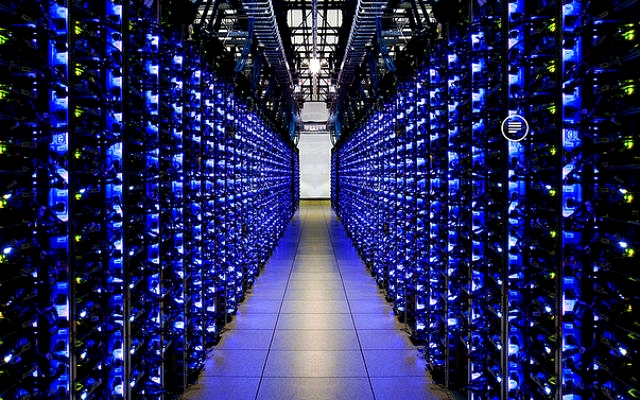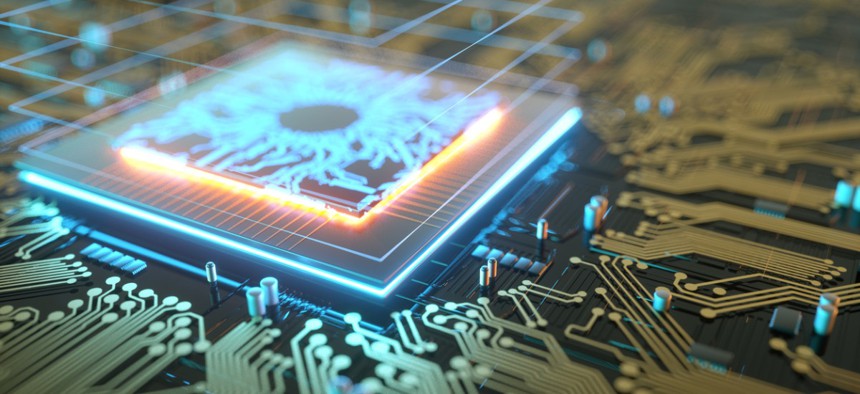Often, people think their search for a solution to protect themselves against a computer crash and loss of data stops at the purchase of a simple external hard drive. They could not be further from the truth; in fact, an external hard drive is merely a start if you are serious about backing up your data. External hard drives are, in effect, hard drives, and just like any other hardware, can develop faults over time, and can crash. For secure data storage bare metal data center, one extra hard drive simply does not cut it. For you multimedia professionals, graphic designers, and small business owners who like to have all their data stored in a central location on one device, do not rest on your laurels with a meager external hard drive. In the world of technology, there is only one constant: change. The old becomes obsolete. Systems crash and hard drives become defective. It is inevitable: your external hard drive is just about as assured of failure as the computer is that caused you to invest in external storage in the first place. The ideal solution for protecting your data from a disastrous hardware failure is to have data sourced in multiple storage points (i.e off-site or in the cloud). But for those of you who still prefer the convenience of one portable storage device, perhaps a RAID device is exactly what you have been wishing for.
There is no denying the usefulness of a simple external hard drive, especially if you are a very mobile worker or cannot access the internet for online storage. External hard drives give users an additional location for data storage, and some are even capable of performing automated backups of entire systems. But there are two main drawbacks with traditional external hard drives: 1) space is preset and limited; and 2) there's only one surface for data storage. Secure data storage means multiple hard disks-literally layers upon layers of storage capacity. Whether you purchase a 250GB or a 3TB drive, you are locked into a fixed amount of volume and your data storage needs must adjust to the capacity of the drive; in a world where data is growing exponentially, it should be the other way around.
Traditional external hard drives also usually only have one means of connectivity, which can limit transfer speeds. Another downside is that these drives, during file transfer, can sometimes affect the performance of your system, which forces data transfers and large file downloads to be completed during non-work situations so that the computer can be optimized and running at full speed when in use-not ideal for those who favor convenience. External hard drives are also very delicate: one drop can trigger immediate inaccessibility and thus loss of data in a flash. Therefore, they usually require some sort of protective case or stand, which gets added into product costs for the end user. Additionally, there is always the element of surprise with traditional drives. Most hard drives never let you know when a problem is imminent, leaving you no window of opportunity to salvage your data before it crashes. And lastly, hard drives usually need to be remounted every time the user wishes to access his/her data; keeping the hard drive connected at all times hampers its performance, can cause overheating, which over time, can deter the drive speed and expedite the onset of a crash.
RAID technology, which stands for redundant array of independent disks, has been a mainstay in the IT industry for some time now. In simplest terms, RAID combines multiple disk drives into one unit, and data is divided, replicated, and distributed across the drives, essentially for greater storage space. A RAID device holds multiple drives at once, and allows you to buy drives as you need them. However, even RAID devices still have a few drawbacks. With traditional RAID you are locked into specific "RAID levels," (which in layman's terms, is simply different array architectures that offer various advantages in terms of data availability, cost, and performance) and in order to change them, most storage arrays require you to move data off the drive, reconfigure the drive, and then move it back on. Traditional RAID also means lack of expandability: once drives are configured into a RAID pool that is it. If you want to add more storage capacity, the solution is to create a new RAID pool, which probably means starting over. And a third negative regarding traditional RAID concerns drive failure: When a drive fails, most RAID applications enter a state where data loss will occur if another drive falters before the user replaces the failed drive-again, leaving the user no chance to save his records before they are lost. Also, performance is affected when in this hampered state.
The volume of data that companies and people are going to have to manage is continually expanding. The days of knowing how much storage capacity you will need prior to purchasing a drive are disappearing. Information updates so frequently that data storage capacity needs to be able to conform to the needs of the user. This ever-increasing demand for data storage calls for better external drives. RAID drives will need to allow for users to add storage capacity without having to change RAID levels or go through complex administration of pooling RAID groups. If you want to add storage capacity, they should allow you to simply insert additional disk drives or replace smaller disks with ones that have more capacity and automatically reconfigure. If a drive happens to fail, a RAID device should automatically redistribute data across remaining drives, returning data storage to a protected state. Data storage should be seamless, easy, and efficient. New external hard drives should facilitate secure data storage, and enable adjustable capacity; there should be no need to purchase another external drive or delete data just to make room. RAID devices should also have a way of communicating when user interaction is required, when the device is engaged in file transfer, how much capacity is available, and when a drive needs to be replaced. A drive that, no matter what you do, never interrupts what you are performing on your system and never prohibits access to data even while replacing drives would make data storage most effective. That is the new definition of what secure data storage is--flexible, facilitates multipoint storage, and it works easy while you work hard.



